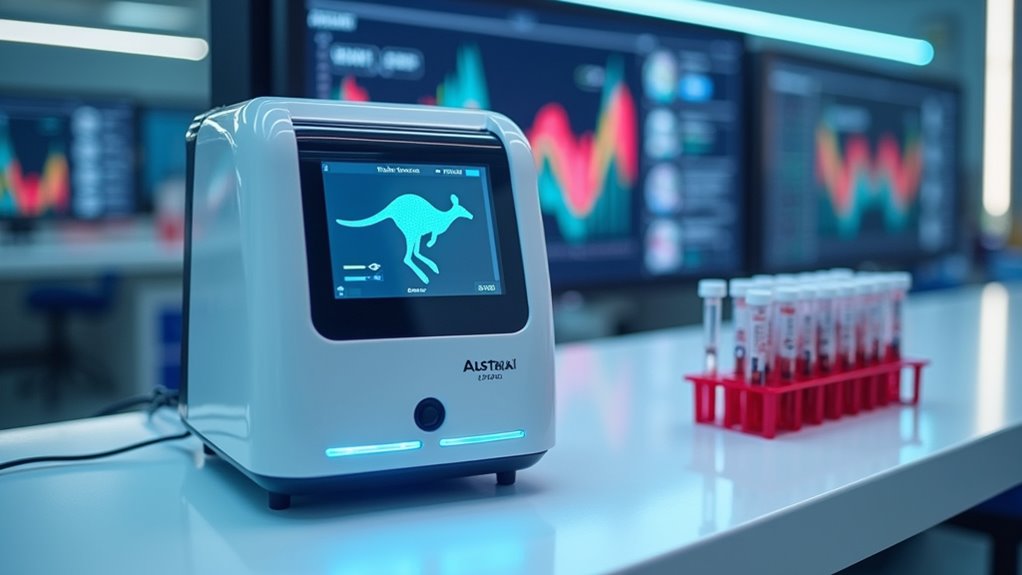While most Aussies are busy worrying about the next cricket match, a silent health crisis is brewing. Type 2 diabetes is sneaking up on thousands who don’t even know they’re at risk. But there’s hope on the horizon, and it comes in the form of a simple assessment tool with a quirky name: AUSDRISK.
The Australian Diabetes Risk Assessment tool isn’t just another pointless government form. It actually works. Anyone can complete it online or grab a PDF version to figure out their risk of developing type 2 diabetes in the next five years. No medical degree required. Lifestyle modifications can help prevent or delay the onset of type 2 diabetes in those at risk.
Finally, a health questionnaire that doesn’t waste your time—AUSDRISK tells you what you need to know without the medical jargon.
Got a “high” score? Time to see your GP. Especially if you’re in a certain age bracket or ethnic group. Aboriginal and Torres Strait Islander peoples face higher risks—they’re recommended to get screened annually from age 18. The rest of us can wait until 40, then test every three years. How generous.
Blood tests remain the gold standard for diagnosis. Fasting glucose tests, oral glucose tolerance tests, and the HbA1c test that shows your average blood sugar over months. Not exactly a fun day out, but better than the alternative. Many people with high blood sugar experience no symptoms at all, making regular testing crucial for early detection.
The real game-changer, though? The PromarkerD test. This Aussie innovation can predict kidney function decline up to four years before it happens. That’s right—it sees the future. With impressive accuracy, it analyzes plasma biomarkers and clinical variables like age and HDL-cholesterol. Developed through collaboration between UWA and Proteomics International, this test represents a breakthrough in preventive diabetes care. The National Health and Medical Research Council is impressed, which says something.
Medicare has joined the party too, offering rebates for various diabetes management services. They’ve finally cottoned on that prevention costs less than treatment. Revolutionary thinking, that.
Data from over 5,700 general practices is helping improve diabetes care across the country. Because let’s face it—early detection and lifestyle changes beat complications any day. Maybe put down that meat pie and go for a walk. Your pancreas will thank you.








